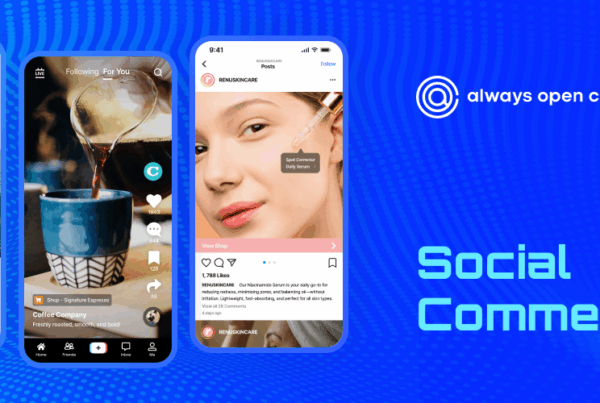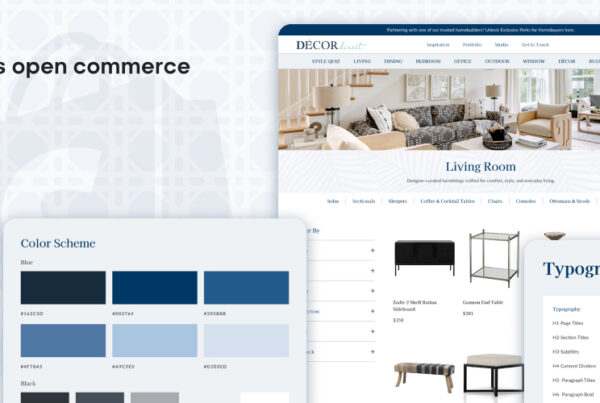Amidst all your effort and hard work in giving your customers the best shopping experience, you’ll mess up at least once and make an unhappy customer. What should you do then?
According to Bill Gates, “Your most unhappy customers are your greatest source of learning.” True enough. Although negative customer feedback is hard to accept, you can extract as much value from it to further improve your business or your customer service.
In today’s era of social media popularity, when someone posts a negative review about a business, service, or product, anyone in the world can read it too. And, ignoring or deleting such negative feedback or review may not be your best move as a business owner.
So how should you deal and respond with an online complainer then? To help you out, here are some tips on how you can use negative customer feedback to your advantage:

- Respond while angry or defensive.
It’s a natural response to get angry or defensive when someone says something negative about your business. However, there’s no room for growth and success for a raging entrepreneur that can’t handle a negative review or feedback professionally. It can only lead to more problems.
Responding in anger or a defensive mode won’t do your business any good. Don’t let a negative feedback worsen and turn into an online battle with the complainant.
- Ignore or delete negative reviews.
According to statistics, 68% of consumers are more likely to trust a business if they see both good and bad reviews about it. Consumers are smart enough to know that mistakes happen and no company or business is perfect. So, don’t delete negative reviews from your feedback page.
Visitors or potential customers stumbling upon a negative comment are more likely to shop or do business with you if they see that the issue has been addressed well.
A negative review gives businesses a great opportunity for you to turn unhappy customers into loyal customers. Never ignore nor remove negative reviews and feedback.

- Pause. Take a step back.
If you don’t pause or take a step back, you’ll most likely just worsen the situation. Make sure that before you respond to any negative review or feedback, you’re free from negative emotions –to keep you from responding defensively or angrily.
Responding to a negative review on a knee-jerk impulse will only make you look unprofessional.
- Give them a sincere apology.
Review the negative feedback. And, if you find it legitimate, own up to the mistakes on your end and give the reviewer a sincere apology. Apologize both privately and publicly. Let other customers see how you are resolving the complaint.
But you need to be reminded that a sincere apology isn’t enough. You must offer a resolution.
- Offer a resolution.
After owning up to your mistakes, find and offer a solution to turn a customer’s bad experience into something good. You can either give the customer a refund, a discount coupon for a future purchase, or a product replacement, and other freebies.
Sending a personalized letter and gift after the mishap is also effective in retaining customers. Also, don’t forget to socialize your solution. Let your followers and potential customers see how you’ll go great lengths to correct a bad customer experience.
- Don’t lose contact.
Dealing with an unhappy customer doesn’t end after you’ve fixed the problem. You need to go the extra mile and follow them up to show you really care. Ask what they think about the steps you did to correct their negative customer experience.
Doing so can help retain customers – regardless if they started with a bad customer experience.
- Learn from the experience.
Before you completely move on from a negative customer feedback, analyze and find value in it. Review the errors you made and determine how you can avoid making the same mistakes in the future. Use the negative feedback to improve for the better.
Refrain from taking negative feedbacks personally. Instead, treat them as constructive criticism.
“Negative feedback can make us bitter or better,” says Robin Sharma, one of the top leadership experts. We hope you choose the latter. Use your unhappy customers’ experience as a great learning experience, and use it to better your business!












